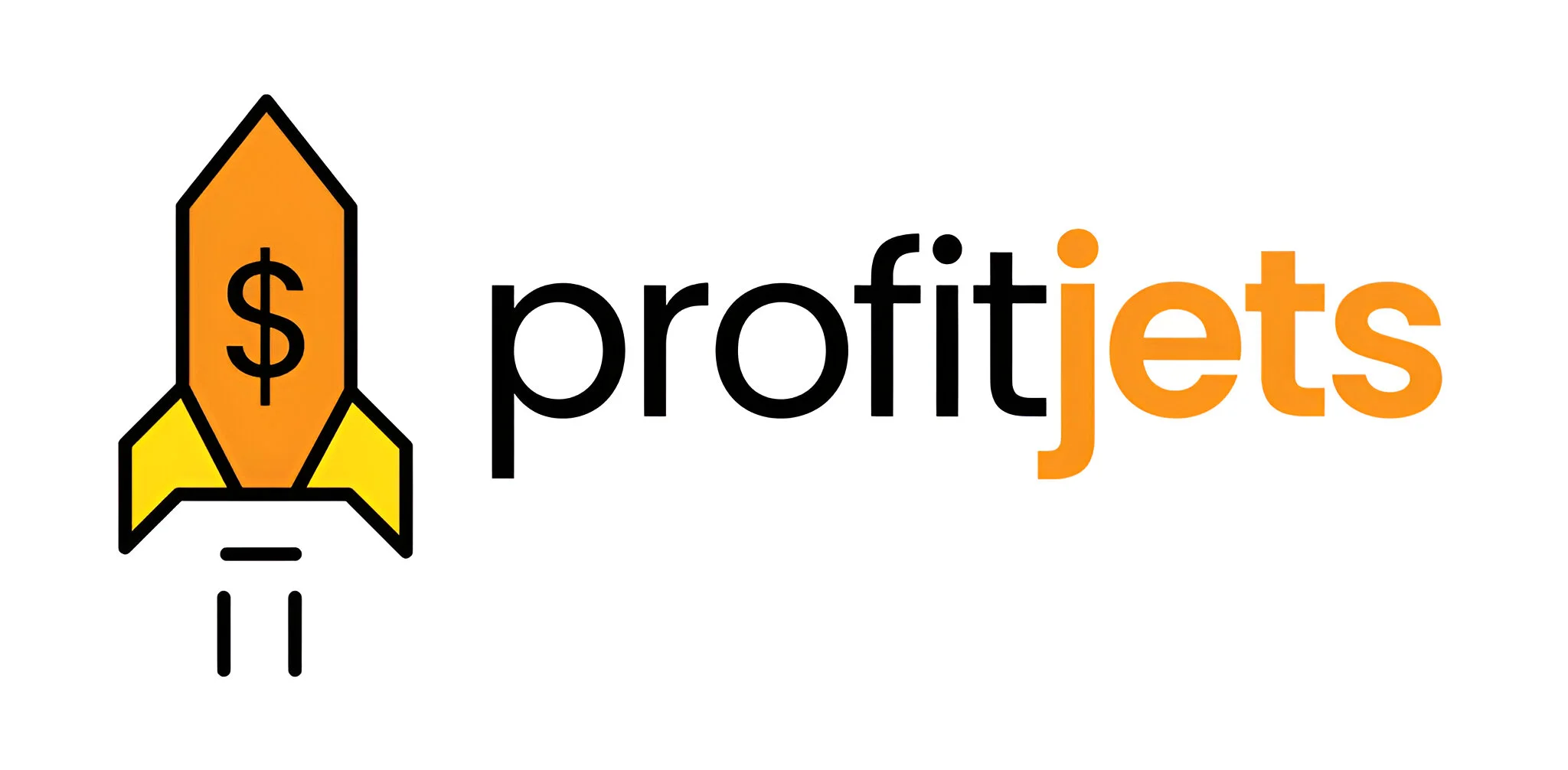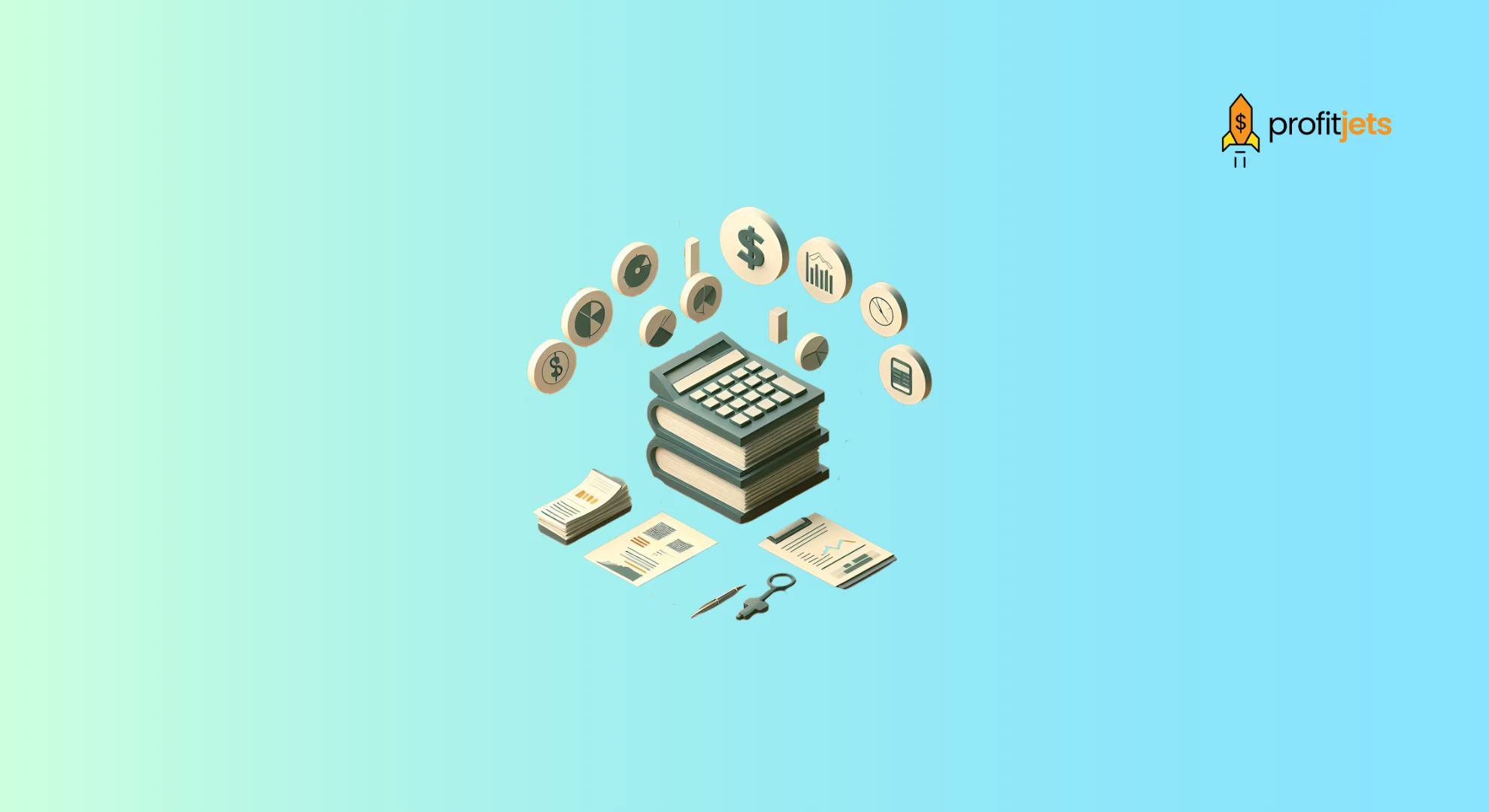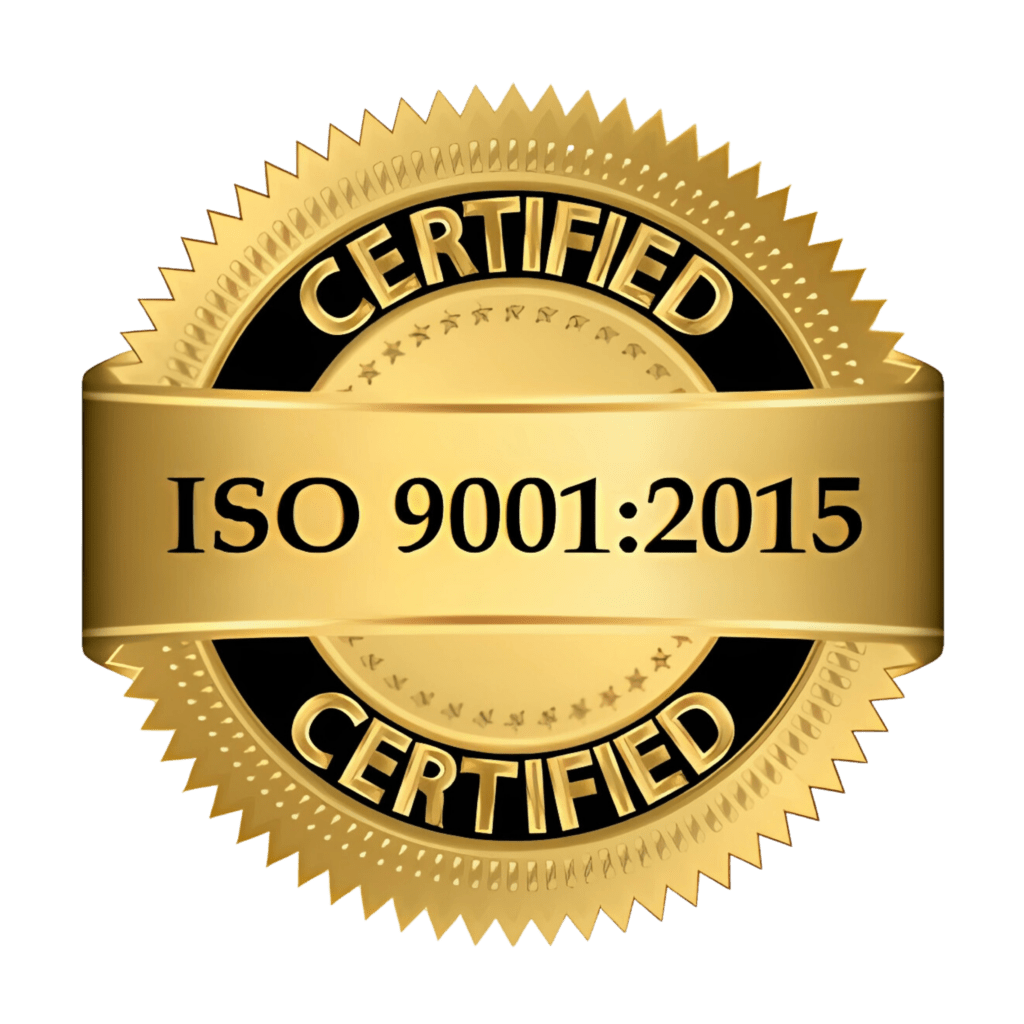ACH payments have become a preferred choice for small businesses in the U.S.—and with good reason. They’re fast, cost-effective, and highly secure. But many businesses still don’t know how to set up ACH payment processing correctly.
This 2025 guide walks you through the 4 simple steps to set up ACH payments, highlights compliance best practices, and explains how working with outsourced accounting services can streamline the entire process.
Table of Contents
What Is an ACH Payment?
ACH (Automated Clearing House) payments are electronic transfers made between banks through the ACH network. They’re widely used for:
- Paying vendors or employees
- Receiving customer payments
- Handling tax payments and recurring invoices
Unlike wire transfers, ACH payments are batch-processed and often take 1–3 business days to complete—but they’re significantly cheaper and just as secure.
Benefits of ACH Payment Processing
- Low Cost: Usually between $0–$3 per transaction (vs. $15–$50 for wires)
- Recurring Capabilities: Ideal for subscription models, payroll, or retainers
- Security: Encrypted data transfer and fewer manual touchpoints
- Convenience: Set it and forget it—automate payments and collections
- Faster Reconciliation: Pairs perfectly with bookkeeping services and accounting software integrations

ACH Payment vs Wire Transfer: Which Is Better?
To help you decide which option suits your needs, here’s a quick comparison of ACH payments vs wire transfers
| Feature | ACH Payment | Wire Transfer |
| Processing Time | 1–3 business days | Same-day (domestic) |
| Cost | Low or free | High ($15–$50+) |
| Reversibility | Often reversible | Irreversible |
| Best For | Recurring/volume | High-value/urgent |
| Common Use | Payroll, invoices | Real estate, large contracts |
For most small businesses, ACH is more efficient and cost-effective.
4 Simple Steps to Set Up ACH Payments
Step 1: Choose Your ACH Payment Provider
You can set up ACH through:
- Your business bank account
- A third-party ACH processor (e.g., Bill.com, Stripe, QuickBooks)
- A full-service outsourced accounting firm for startups that handles payment automation
Ensure the provider complies with NACHA regulations and supports your desired software integrations.
Step 2: Collect Authorization from Customers or Vendors
You must collect:
- Bank name
- Account number
- Routing number
- Written or digital ACH authorization form (with consent for recurring debits/credits)
This protects your business legally and ensures compliance with U.S. ACH regulations.
Step 3: Initiate and Schedule Payments
Use your ACH platform to:
- Add vendor or client details
- Schedule payments manually or automate them
- Attach invoice references
Pro tip: Automate recurring payments to freelancers, suppliers, or subscription clients to improve efficiency.
Step 4: Monitor, Reconcile, and Maintain Records
Once payments are sent:
- Monitor for NSF (non-sufficient funds), failures, or reversals
- Reconcile transactions with your accounting software
- Maintain digital payment records for tax and audit purposes
A professional CFO Service can help develop real-time cash flow dashboards by syncing ACH data.
Security & Compliance Tips for ACH Payments
- Use multi-factor authentication
- Encrypt bank account data
- Comply with NACHA operating rules
- Keep signed authorization forms for at least two years
- Regularly audit ACH permissions and access logs
These are critical for businesses managing client funds or vendor payments.
Tools That Support ACH Payment Processing
In 2025, these platforms offer robust ACH payment integrations:
- QuickBooks Online
- Xero
- Bill.com
- Gusto (for payroll)
- Stripe ACH Debit
- Square Banking
If you’re working with outsourced bookkeeping services, these tools are typically pre-configured and managed for you.
ACH Payment Use Cases
- Freelancers: Automate invoice payments from clients
- Startups: Manage payroll and vendor payments without checks
- E-commerce: Process recurring billing for subscriptions
- Professional Services: Collect retainers or recurring monthly fees

Conclusion
ACH payments have become an essential tool for modern businesses seeking low-cost, secure, and efficient payment processing. With just four steps, your business can unlock the benefits of automated payments—saving hours each week while reducing errors.If you’re ready to take the hassle out of payables and receivables, consider working with a reliable outsourced accounting firm that can integrate ACH payments into your broader finance strategy.
FAQs on ACH Payments
1. How long do ACH payments take to process?
Typically, 1–3 business days. Same-day ACH is available but may cost more.
2. Are ACH payments secure for small businesses?
Yes. ACH transactions follow strict federal regulations and offer encrypted, traceable data transfer.
3. Can I use ACH for international payments?
No. ACH is limited to the U.S. For international transfers, use wire or SWIFT.
4. Do I need a special bank account to set up ACH?
Not necessarily. Most business checking accounts support ACH transfers. You just need ACH authorization and a processor or platform.
5. Can outsourced bookkeeping services manage ACH payments?
Absolutely. Many outsourced accounting firms include ACH setup, monitoring, and reconciliation as part of their packages.










